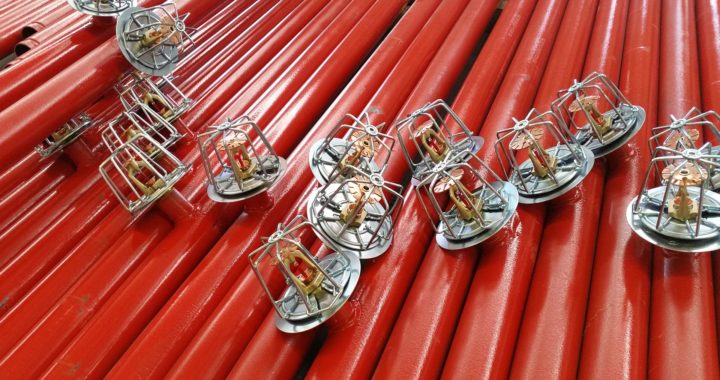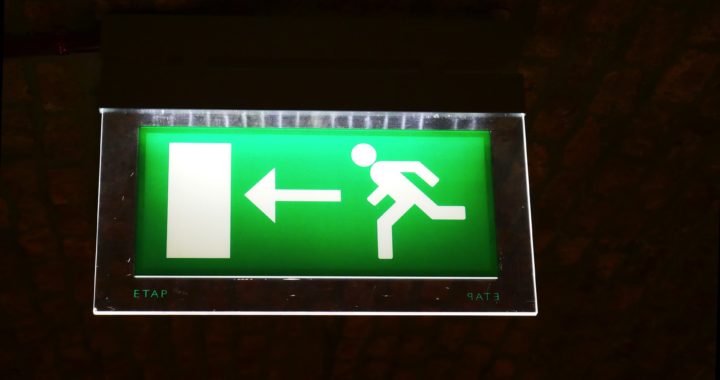The fire suppression system installed in your commercial establishment plays a crucial role in keeping it safe from untoward accidents. If a fire breaks on your property late in the evening or when your whole team is away, it is your last line of defense. Your fire sprinkler systems can save your property as well as the establishments near it.
Since this system has such a critical function, you need to make sure that it is up-to-date, dependable, and in good working order. You may be following all the safety measures to prevent fire, but you can never be truly safe without a functioning suppression system.
To help you inspect your system better and determine whether you need repair or replacement services, look for these telltale signs:
1. Corrosion
Your sprinkler system uses water, so there is a higher chance of corrosion to occur. If you see signs of rust or discoloration in the water, or if you notice a rotten egg smell, these all indicate corrosion.
Take note that rust can easily eat a hole in the pipes and cause them to leak. Soon enough, the whole system can be compromised. To avoid further and more costly damages, it is best to address this issue as soon as you see its signs.
2. Damage on the Sprinkler Heads
The sprinkler heads, as well as the pipes, can suffer damages due to various reasons. It can be caused by vandalism, the typical wear and tear, or other accidents during the renovation or construction of your building.
If you notice issues that may have been caused by these, it is best to work with experts to install a protective cage around the heads.
3. Leaks
As mentioned above, corrosion can cause leaks. Aside from this, they can also be caused by a variety of issues such as defective equipment, improper installation, or lack of regular maintenance services.
Whatever the cause may be, there’s one thing that you should do: call a repair professional expert in fire sprinkler systems. They can conduct the inspection for you to get to the root of the problem and let you know whether you will need a repair or a replacement.
Repair Vs. Replacement: How to Know What You Really Need
You will be able to know what kind of service you need by taking a look at the age and state of your fire suppression system. If it is relatively new and there is only small-scale corrosion, a repair may be able to fix the problem.
However, if your sprinkler system is quite old and you find yourself having to repair it more frequently, going with replacement is the smarter choice. This may sound like an expensive project, but you don’t have to worry—usually, you won’t have to replace the whole system altogether. In most cases, you only need to work on 20% of the whole system to address the problem.
Conclusion
Whether you have minor or major issues with your fire sprinkler system, you must get in touch with a technician right away. The days you leave obvious signs of a problem unaddressed are also the days you are leaving your commercial property vulnerable in case of a fire. Do not wait for an accident to happen; work on your system and protect your employees, your business, and your valued customers.
Need help with fire suppression installation in New Jersey? We can lend a hand! We’re a licensed company providing Ansul fire installation as well as fire inspection and repairs. Get in touch with us today and our team of experienced technicians will be happy to discuss how we can help.




